Speaking to the press, Mr. Le Van Du, Head of the Department of Water Supply and Drainage Infrastructure Management under the Hanoi Department of Construction, on behalf of the unit, accepted responsibility and expressed sympathy for the inconveniences that people had to face. "The Department of Construction apologizes to the people and hopes that people will sympathize and share." Mr. Du emphasized that the heavy, prolonged and continuous rain has greatly affected people's lives and activities, this is a force majeure event.
Explaining the reason why many streets in Hanoi were submerged in water, a representative of the Department of Construction said the main factor was the extremely heavy rainfall, exceeding the capacity of the urban drainage system, which was designed for a rainfall intensity of 310mm/2 days. However, on September 30, many areas recorded unusually high rainfall. For example, the rainfall in the area Cho Dua O up to 527.2mm (exceeding 170% of design capacity) and Hai Ba Trung is 407.7mm (exceeding 131.5%). When the drainage system is overloaded, rainwater cannot drain in time and flows over the road surface and backs up to low-lying areas, causing deep flooding.
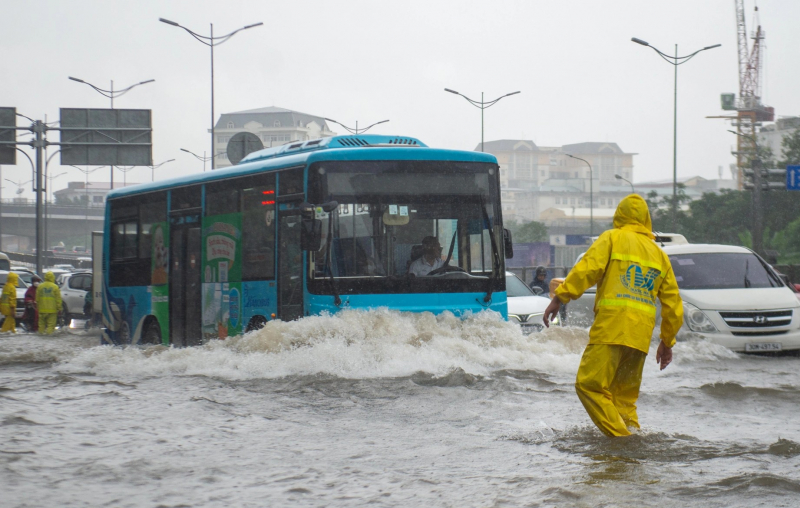
In addition to the extreme weather factor, the Department of Construction also frankly acknowledged the limitations of infrastructure. Another important reason is that the city's drainage system is still in the process of investment and construction, not yet completed and lacking in synchronization. Many planned drainage and regulating lake projects are still being implemented slowly.
This problem is especially complicated in new urban areas. The drainage infrastructure here has not been synchronized with the general drainage system of the area. Some new urban areas even have lower ground level than surrounding areas, causing water from other places to rush in very quickly when there is heavy rain, causing serious local flooding. The situation is even more difficult when the planned discharge sources and pumping stations have not been fully built.
In the face of the historic rain, the Department of Construction said it had proactively deployed response plans in advance. Specifically, since September 27, the Department has directed drainage units to pump down the water level in the system and inner-city lakes to increase water storage capacity. All 100% of the workforce (over 2,479 people) along with more than 500 machines and equipment have been mobilized on duty. The Department has also coordinated with the Department of Agriculture and Environment to lower the water level in rivers, canals and irrigation lakes to support drainage.
To overcome the consequences as quickly as possible, Mr. Le Van Du said that the units are organizing 24/24h on-duty, assembling human resources and equipment at flooded locations. Existing drainage works are operating at maximum capacity, prioritizing drainage for the To Lich river basin to Yen So pumping station through the Yen So reservoir's regulating gates.
Regarding long-term solutions, the Department of Construction has made specific recommendations to the Hanoi People's Committee. In particular, the Department proposed to build localized flood treatment works such as underground water tanks in public lands, parks, and flower gardens, combined with step-change pumping stations to enhance drainage capacity. More importantly, in the process of developing the Capital's elevation and drainage plan until 2045, with a vision to 2065, the Department will recalculate scenarios to respond to climate change, especially with rainstorms with intensity greater than 310mm/2 days, to improve the city's resilience in the future.
Source: https://cand.com.vn/Xa-hoi/so-xay-dung-ha-noi-xin-loi-nguoi-dan-sau-tran-ngap-lich-su-i783231/


![[Photo] Hanoi morning of October 1: Prolonged flooding, people wade to work](https://vphoto.vietnam.vn/thumb/1200x675/vietnam/resource/IMAGE/2025/10/1/189be28938e3493fa26b2938efa2059e)

![[Photo] President of the Cuban National Assembly visits President Ho Chi Minh's Mausoleum](https://vphoto.vietnam.vn/thumb/1200x675/vietnam/resource/IMAGE/2025/10/1/39f1142310fc4dae9e3de4fcc9ac2ed0)

![[Photo] Keep your warehouse safe in all situations](https://vphoto.vietnam.vn/thumb/1200x675/vietnam/resource/IMAGE/2025/10/1/3eb4eceafe68497989865e7faa4e4d0e)





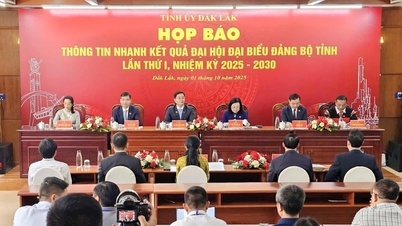

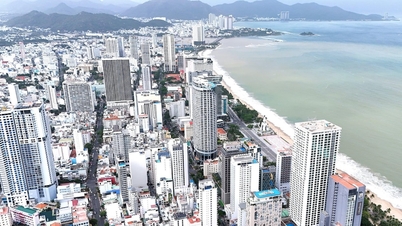
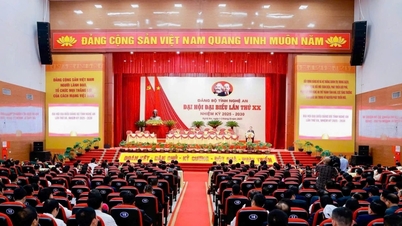











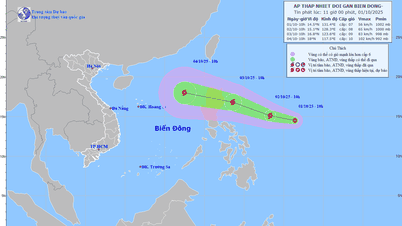










































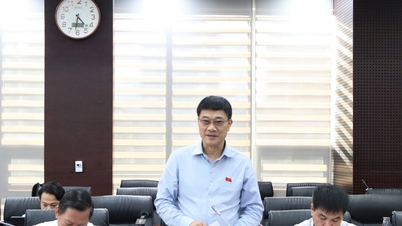




















Comment (0)